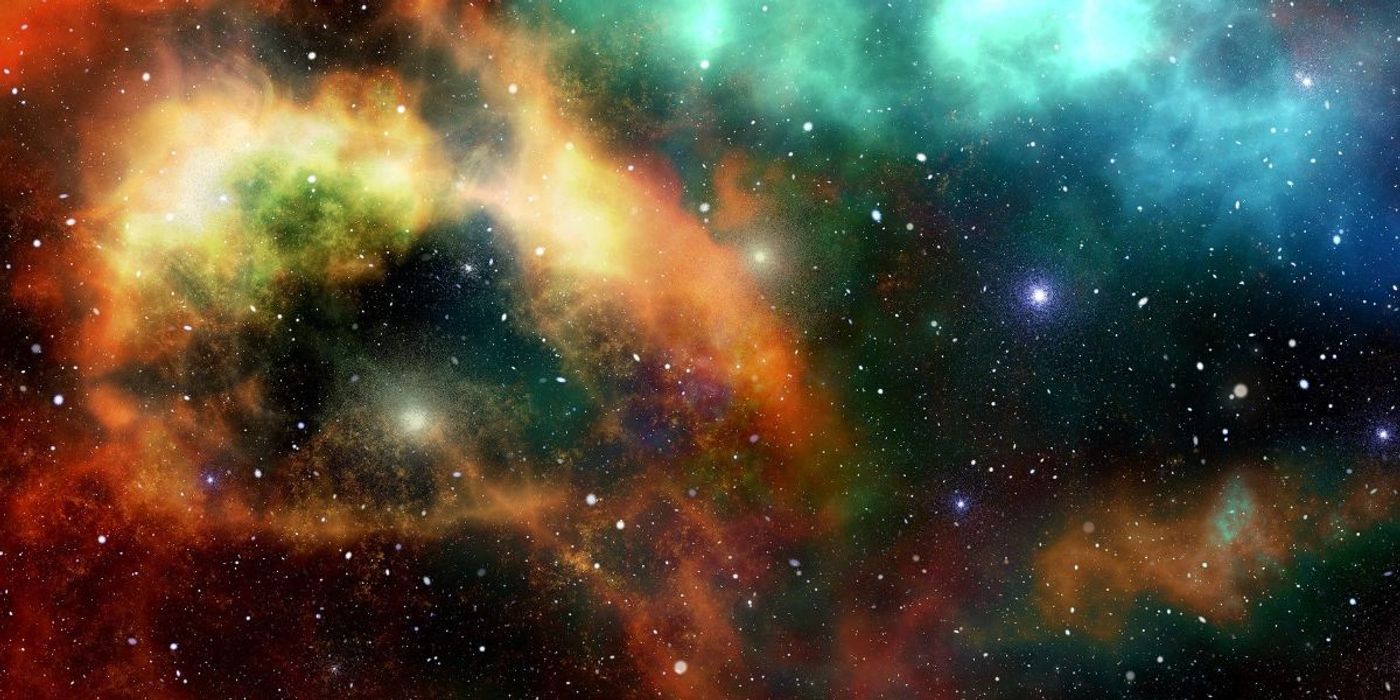Researchers Find Human Brain Shares Structure with Universe
Astrophysicist Franco Vazza from the University of Bologna, and Alberto Felett, a neurosurgeon at the University of Verona, have found that both the universe and the human brain are built from structures with similar complexity and self-organization.
Similarities between the universe and the brain have been known for some time. For example, around 30% of the mass of both the human brain and the observable universe are composed of neurons and galaxies. Meanwhile, the other 70% of both systems have a similar, passive role; in the universe, this is dark energy, and in the brain, it is water.
These similarities inspired the researchers to delve deeper. As such, they compared simulations of a network of galaxies and the cerebral cortex and cerebellum to observe fluctuations in matter on both scales.
“We calculated the spectral density of both systems. This is a technique often employed in cosmology for studying the spatial distribution of galaxies”, explains Franco Vazza. “Our analysis showed that the distribution of the fluctuation within the cerebellum neuronal network on a scale from 1 micrometer to 0.1 millimeters follows the same progression of the distribution of matter in the cosmic web but, of course, on a larger scale that goes from 5 million to 500 million light-years”.
Of their results, the researchers say that connectivity between the two networks likely occurs as they follow similar physical principles, despite their obvious differences in magnitude. They added that the two systems bear more similarities with each other than a cosmic web and a galaxy or a neuronal network and the inside of a neuronal body.
The researchers hope that their pilot study will encourage others to think more about the nexus between cosmology and neurosurgery and how they could propel each other further in their respective understandings.
Sources: Neuroscience News, Frontiers in Physics









